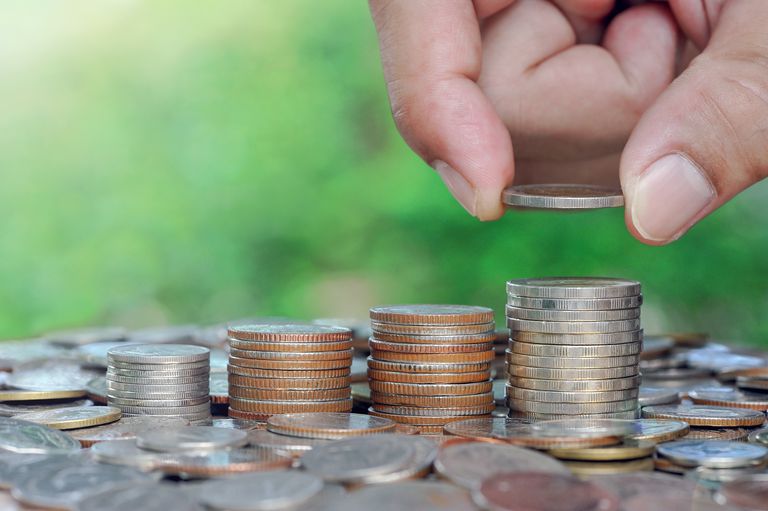Many people often delay saving by saying “I’ll begin saving in a few years, it won’t make a big difference.” This is a problem for two reasons. Firstly, “in a few years” may never come. It is not unusual for people to delay saving year after year until suddenly a decade or two have passed and a person still has very little in savings. The second problem with this mindset is that, contrary to popular belief, saving early actually makes a massive difference, even if the delay in saving is only by a few years. For example, let us consider a person that decides to save $10,000 a month every year for 30 years. We’ll assume this person saves $120,000 a year, and his savings are compounded annually at a rate of 7% a year over the 30 year period. At the end of the 30 year period, this person would have saved a total of roughly $11,335,294. How does this amount saved change if the person instead decides to delay saving by only five years? Well, if a person saves $120,000 a year at 7% a year compounded annually for 25 years, at the end of the period the person would have saved $7,589,884. By delaying saving for five years the person would have lost $3,745,410 – which is close to $750,000 for every year the person chose not to save, or over $2,000 for every day the person delayed saving!
Why is this? Why does delaying saving by only a few years have such a major impact on the total amount saved? This is because of the effect of compounding. The money you save continues to earn interest year after year, and over time the amount it earns in interest becomes even greater than the $120,000 contribution you make. For example, the amount of interest earned in the final year of the scenario above (from year 29 to year 30) would be over $730,000!
The total amount you save gets a lot bigger if you increase your contribution over time. Suppose you decide that every year you want to increase your contribution by 5%. This is similar to deciding to save $10,500 a month in your second year of saving, rather than the same $10,000 you saved in your first year. Using the same interest rate above, if your contribution increases by 5% a year you would have saved almost $20 million at the end of 30 years!
So the best time to start saving is today, but now you’re probably thinking “Okay, how do I save?” Talk to a financial advisor or investment firm about the options available to you. Ideally, you would have your money invested in a mixture of stocks and bonds – depending on the level of risk you are willing to take and the interest, or what we call return, you are seeking. What exactly are these stocks and bonds I mentioned earlier? By purchasing a stock you basically purchase a very small share in a company, and you make money when the company increases in value or pays out excess cash to its investors. You essentially become a part owner of the company! A bond is slightly different; by purchasing a bond you lend a company money and in return the company gives you fixed payments over time. Don’t worry if this looks like a lot to take in, your financial advisor can explain both to you in more detail and will even manage your entire portfolio for you hassle free. Your financial planner will buy any stocks and bonds that he/she thinks are a suitable investment for you, and decide the best times to sell the stocks you own. Your actual involvement in the investing can be as hands on or hands off as you would like.
The last thing you need to do is ensure that when you save, your portfolio is well diversified. This means that rather than invest in one stock or one bond, it would be best to invest in a large basket of stocks and bonds. As the old phrase goes, “don’t put all of your eggs in one basket”. Ensure that your financial planner doesn’t put too much money into a single financial instrument, but instead invests in a large variety of stocks and bonds. This will make it so that any single stock/bond losing value will not significantly impact the return earned on your portfolio. Being properly diversified will significantly reduce the risks you face as an investor.
The best time to start saving is right now. Every little amount counts, and a small investment today will be worth a large sum of money years in the future!
If you liked this article and want to read other great stories, try our Archives. Also if you are new to investing you can try our Investment Basics Blog.
If you want to start investing with SSL but don’t have the time to monitor the market or to conduct the trades yourself then you can choose one of SSL’s managed Financial Planning products. We offer a variety of products for every type of investor and if you are interested in managing online trades yourself and having complete control over your investment portfolio then you can try SSL’s Brokerage account.
Follow us on Facebook, LinkedIn and Twitter please leave us a review.


